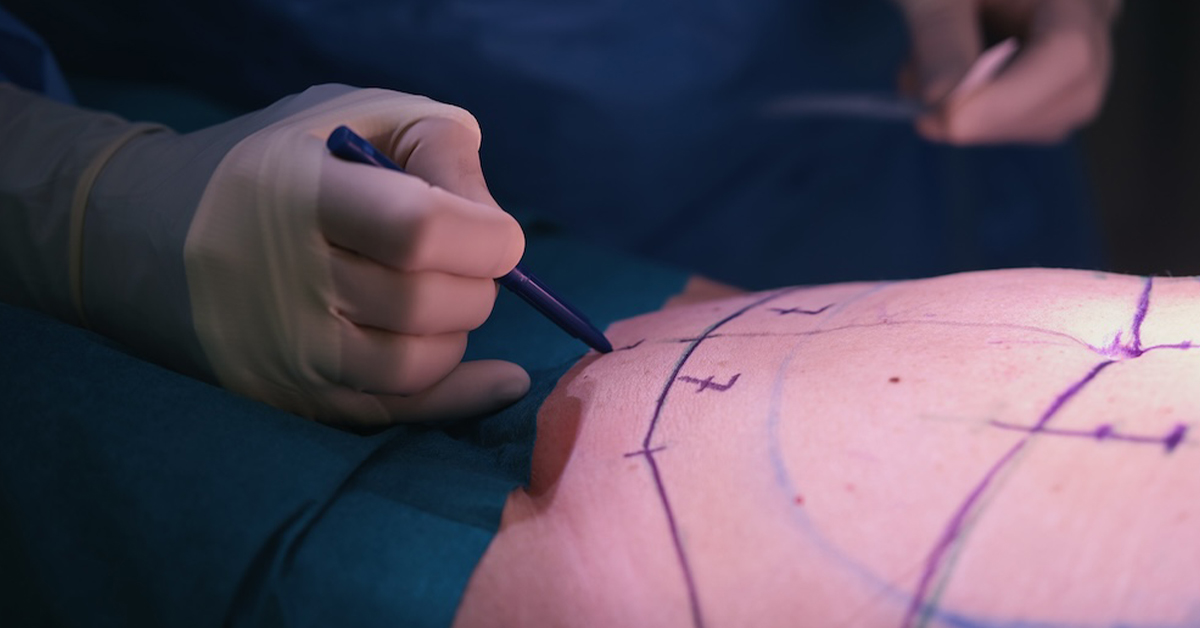Worst Days After a Tummy Tuck: A Comprehensive Guide to Recovery
Tummy tuck surgery is a popular cosmetic procedure that involves contouring the abdomen and repairing abdominal tissues. The recovery process can be challenging, but understanding what to expect can help you prepare.
The worst days after a Tummy tuck are typically the first one to three days, patients may experience discomfort, bloating, pressure, and swelling. Pain medication and rest are crucial during this time. The worst days typically occur within the first week, with pain levels ranging from 5-6 on a scale of 1-10.
A compression garment is provided to manage pain, and short walks are encouraged to promote circulation. Bed rest is recommended for the first week, followed by gradual activity. Most patients can return to work after two weeks, and full recovery takes about six to eight weeks. It’s important to manage pain with prescribed medication and follow post-operative instructions closely to minimize complications and ensure a smooth recovery.
- The first week after a tummy tuck surgery is usually the most challenging in terms of pain and discomfort.
- Pain medication and a compression garment are essential for managing pain.
- Short walks and bed rest are recommended to promote circulation and aid in the healing process.
- Following post-operative instructions and taking prescribed medication is crucial for minimizing complications.
- Full recovery after a tummy tuck surgery typically takes about six to eight weeks.
The Recovery Journey: What to Expect Week by Week
Tummy tuck recovery can be divided into different stages, each with its own set of experiences and milestones. Understanding the timeline and what to expect during each week can help you navigate the recovery process more smoothly.
Week 1: Managing Bruising, Swelling, and Discomfort
During the first week post-op, bruising, swelling, and discomfort are common. Your body is adjusting to the surgical changes, and it’s important to give yourself time to heal. You may notice drains in place to help remove excess fluid from the surgical site. Your incisions are still healing, and scars may appear red and raised. Numbness and a pulling sensation in the abdominal area are also normal due to changes in nerve sensitivity. Rest is crucial during this time, and you should avoid any strenuous activities that can delay healing and increase the risk of complications.
Weeks 2-3: Decreasing Bruising and Swelling, Regaining Mobility
As you enter the second and third weeks of recovery, you will likely notice a decrease in bruising and swelling. This is a positive sign that your body is healing. Your mobility will gradually improve, and you may be able to move around more comfortably. It’s important to continue following your post-operative instructions and avoid any activities that could strain your healing abdominal tissues. Keep in mind that everyone’s recovery is unique, so it’s essential to listen to your body and consult with your surgeon if you have any concerns.
Weeks 4 and Beyond: Healing and Regaining Normalcy
As you progress into the fourth week and beyond, the focus shifts toward healing and regaining normalcy. Your scars will continue to improve over time, gradually fading and flattening. While you may still experience occasional discomfort or tightness, it should continue to decrease as your body heals. Your mobility and energy levels should also improve, allowing you to participate in more activities. However, it’s important to continue taking care of yourself and not rush the process. Remember to rest when needed and maintain a healthy lifestyle to support the healing process.
| Week | Key Milestones |
|---|---|
| First Week | – Bruising, swelling, and discomfort – Drains in place – Healing incisions and red, raised scars – Numbness and pulling sensation – Rest is crucial |
| Weeks 2-3 | – Decreasing bruising and swelling – Regaining mobility – Following post-operative instructions – Avoiding strenuous activities |
| Weeks 4 and Beyond | – Continued healing of scars – Decreased discomfort and tightness – Improved mobility and energy levels – Maintaining a healthy lifestyle |
Managing Post-Operative Pain and Medications
After undergoing a tummy tuck surgery, managing post-operative pain and taking the prescribed pain medications are crucial for a comfortable recovery. The anesthesia administered during the surgery may wear off after a few hours, and you may begin to feel discomfort or pain. To alleviate this, your surgeon will provide you with pain medication to help manage the post-operative pain. It is important to take the medication as directed to keep your pain at a minimum.
In addition to taking pain medication, rest is essential during the recovery period. Your body needs time to heal, and resting allows it to do so efficiently. Avoid engaging in any strenuous activities that may prolong your recovery or increase the risk of complications. Resting in a reclined position can help reduce swelling and minimize discomfort.
Wearing a compression garment is another important aspect of managing discomfort during tummy tuck recovery. The compression garment provides support to the abdominal tissues, helping to reduce pain and promote healing. It is crucial to wear the compression garment as instructed by your surgeon to maximize its benefits. The garment should fit snugly but not be too tight or uncomfortable.
Throughout your recovery, you will have scheduled post-operative visits with your surgeon. These visits are essential to monitor the progression of your healing and address any concerns you may have. Your surgeon will ensure that you are healing properly and may adjust your pain medication or provide additional instructions based on your individual progress.
In addition to medication and rest, there are various pain relief strategies that you can incorporate into your recovery routine. Applying ice packs to the surgical area can help reduce swelling and provide temporary relief. Following a healthy diet rich in nutrients can also promote healing and reduce inflammation. Remember to stay hydrated and avoid smoking or consuming alcohol, as these can hinder the healing process.
Conclusion
Recovering from a tummy tuck surgery can be challenging, but with proper pain management and following post-operative instructions, you can optimize your healing process. The worst days after a tummy tuck are typically within the first week, with discomfort, bloating, and pressure being the most common symptoms.
Pain medication, compression garments, and rest are crucial during this time. Gradual activity and following a healthy lifestyle can contribute to a smooth recovery. As each patient’s recovery may vary, it’s important to consult with a plastic surgeon for personalized advice and guidance throughout the journey.
Remember, the key to a successful recovery after a tummy tuck is to prioritize pain management, follow the recommended recovery tips, and understand the healing process. By doing so, you can ensure a smooth and comfortable recovery, allowing you to enjoy the results of your tummy tuck surgery.
Scheduling a Tummy Tuck in Miami, FL
If you’re interested in learning more about a Tummy tuck and want to take the first step, we encourage you to schedule a consultation with us. To make an appointment or to find out more information, you can call us at (305) 406-9055 or conveniently schedule a consultation online.







